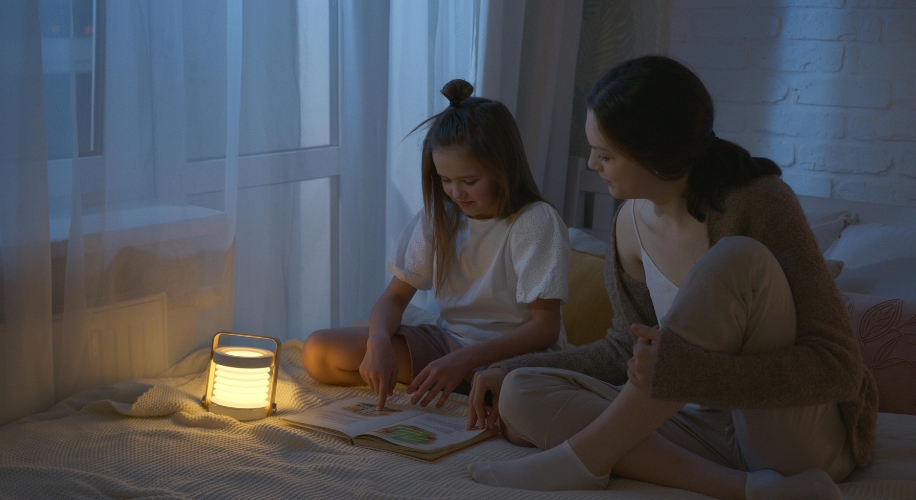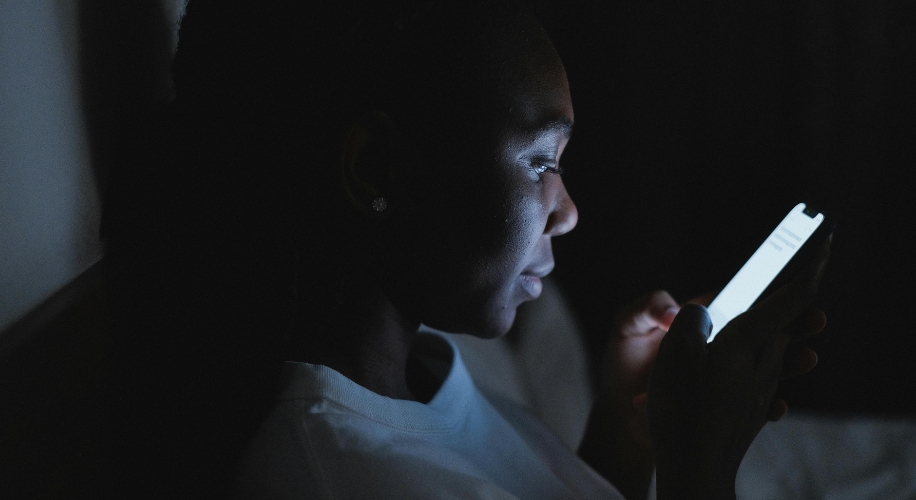Is Reading in the Dark Bad for Your Eyes?
Reading in low light conditions has been a common practice for centuries, but concerns persist about its impact on eye health. Let’s delve into whether reading in the dark is harmful and what precautions you can take to protect your eyesight.
Photo by Artem Podrez
The Myth of Reading in the Dark
Many people believe that reading in the dark strains the eyes and leads to long-term damage. However, research suggests that while reading in dim light can cause temporary discomfort and fatigue, it does not cause permanent harm or deterioration of vision. The eye’s ability to adapt to low light conditions allows us to see reasonably well even in darkness.
Potential Short-Term Effects
Reading in the dark or under poor lighting conditions can result in eye strain and discomfort. The pupils dilate to let in more light, which can lead to a temporary strain on the eye muscles. This strain may cause symptoms such as headaches, dry eyes, and difficulty focusing. While these effects are unpleasant, they usually resolve once you move to a well-lit area or take a break from reading.
Long-Term Considerations
Despite popular belief, there is no evidence to suggest that reading in the dark causes permanent damage to your eyesight. The human eye is highly adaptable and can adjust to different light levels without causing lasting harm. However, chronic eye strain from reading in poor lighting conditions could exacerbate existing vision problems or contribute to discomfort over time.
Photo by SHVETS production
Best Practices for Reading
To minimize the potential discomfort from reading in the dark, consider these tips:
- Use Adequate Lighting: Opt for a well-lit environment when reading to reduce strain on your eyes. Position a reading lamp over your shoulder or beside you to illuminate the page without causing glare.
- Take Breaks: Remember to take frequent breaks while reading to give your eyes a rest. Follow the 20-20-20 rule: every 20 minutes, look at something 20 feet away for at least 20 seconds to reduce eye strain.
- Adjust Screen Settings: If reading on a digital device, adjust the screen brightness and contrast settings to match the surrounding lighting conditions.
- Filter blue light: Use blue light blocking lenses to reduce exposure to potentially harmful blue light emitted by screens.

Photo by Pavel Danilyuk
While reading in the dark can lead to temporary discomfort and eye strain, it is not inherently bad for your eyesight. The key is to ensure adequate lighting and take regular breaks to prevent prolonged strain. By following these simple guidelines, you can enjoy your reading without worrying about its impact on your eye health. Remember, moderation and proper lighting are key to maintaining comfortable vision in any reading environment.






 Canada
Canada